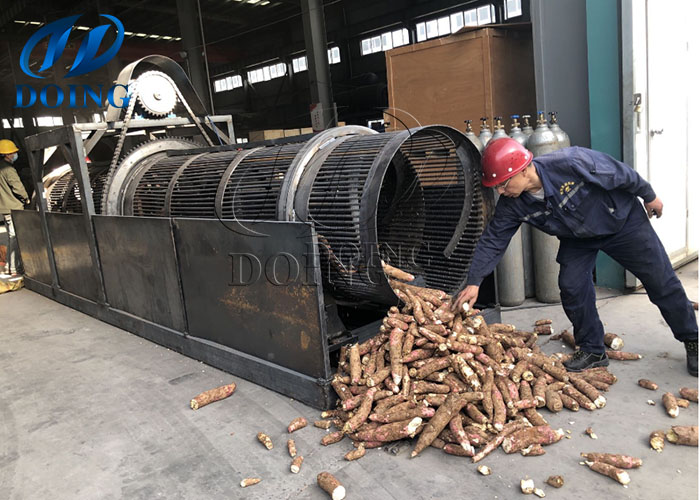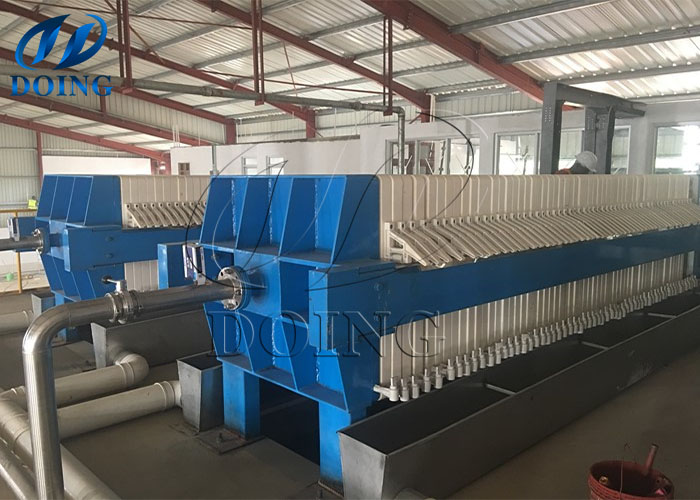Sustainable Cassava Processing In Brazil : Reducing Water & Energy Footprint with Modern Tech
Cassava (mandioca/aipim) is a cornerstone of Brazilian agriculture and food security. However, traditional cassava processing methods for flour (farinha), starch (polvilho), and other derivatives are notoriously resource-intensive, consuming vast quantities of water and energy. Modern technologies now offer transformative solutions to these environmental concerns.
Traditional Processing Challenges in Brazil's Cassava Processing Industry
Water: Massive volumes are used for cassava root washing, peeling (often via soaking), and equipment cleaning. Wastewater, high in organic matter (cyanogenic glycosides, starch, fibers), poses significant pollution risks if untreated.
Energy: High thermal energy demand for drying (especially for farinha) and significant electrical power for grating, dewatering, and milling are major cost drivers and contributors to greenhouse gas emissions.
Modern Technologies Driving Sustainable Cassava Processing in Brazil
Water Consumption Reduction
1.Dry Cleaning and Peeling Systems:
Modern cassava root processing lines in Brazil utilize a high-speed rotating dry sieve to remove soil, sand, and stones without water-intensive soaking pits. Replacing manual or water-assisted peeling, mechanical abrasive cassava peelers significantly reduce water use and peel loss, whose peeling rate can reach about 90%
 dry sieve
dry sieve
2.Closed-Loop Water Recycling:
Designing paddle washing systems in cassava products processing line where the cleanest water contacts the cleanest cassava roots last, and progressively dirtier water is used for the initial wash, minimizing overall freshwater intake. Installing hydrocyclones or sedimentation tanks in wastewater streams captures residual cassava starch, reducing pollution load and increasing yield.
Energy Footprint Reduction
1.High-Efficiency Dewatering
Replacing traditional manual bag presses or inefficient screw presses with high-pressure hydraulic presses or plate-frame filter press removes significantly more water from the grated cassava pulp before drying. This directly slashes the energy required for thermal drying.
 plate frame filter press
plate frame filter press
2.Advanced Drying Technologies
Replacing traditional inefficient open-air sun drying, Brazilians use cassava flash dryers to dry flour, which offer precise temperature control, higher efficiency, and better product quality. For starch, pneumatic (flash) dryers offer rapid, efficient drying using hot air in a duct system to reduce the moisture down to 12-14%, meeting the requirement of standard cassava starch.
Modern technologies contributes a lot to the sustainability of cassava processing in Brazil. Know more about cassava processing technologies and equipment, chat with us! Henan Jinrui can customize plans for your cassava products production!
WhatsApp/Phone: +8613526615783
http://www.cassavaprocessing.com
Email:market@doinggroup.com

Comments
Post a Comment
Hi,write down you message,and let's talk according the difference.